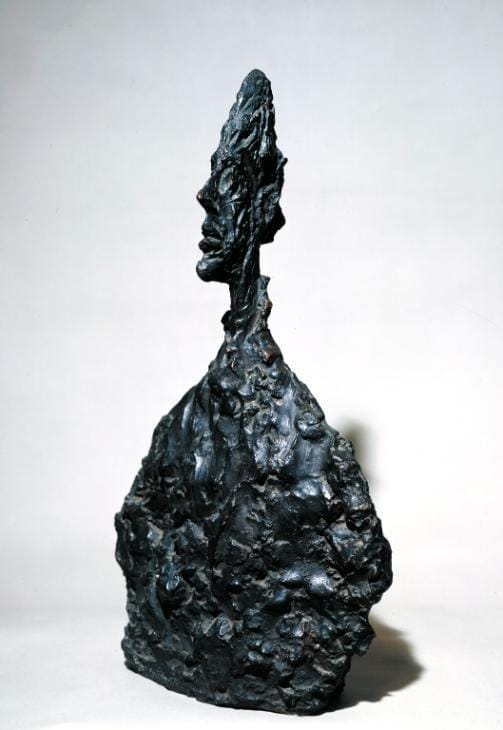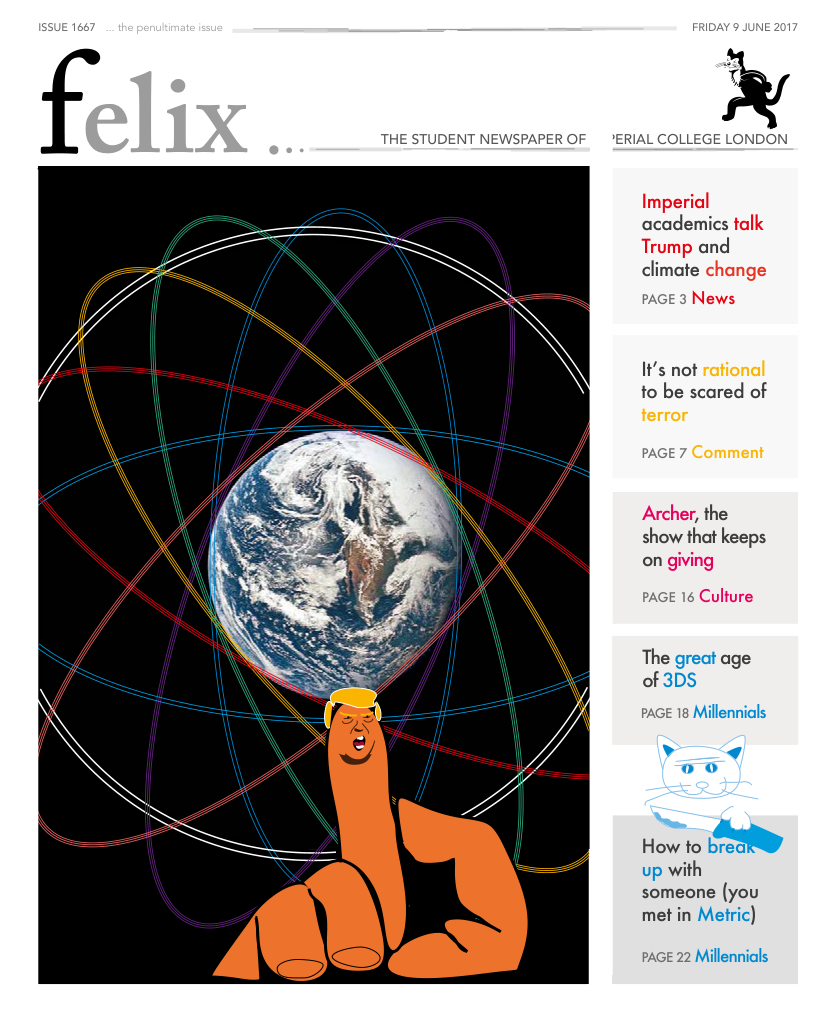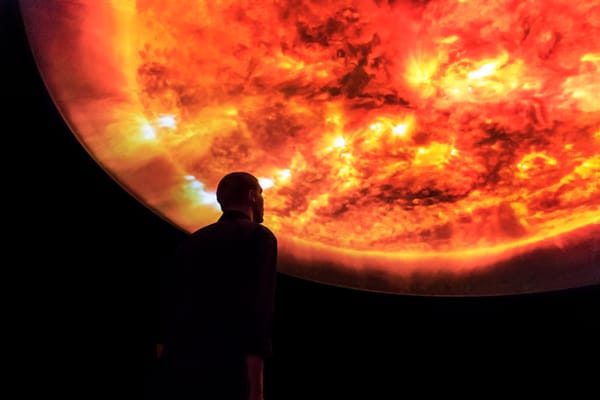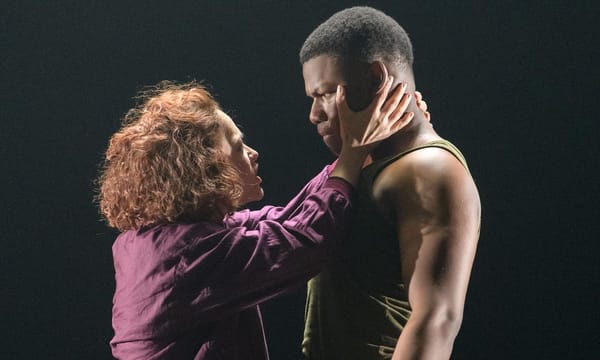"Feverish Progress" | Giacometti at the Tate Modern is comprehensive retrospective on a man with man
Giacometti was much more than the spindly bronzes figures that made him famous

Alberto Giacometti’s work has always been close to my heart. He was central to the wider body of artwork that inspired me to do art for GCSE and A level, and I've based countless of my own pieces on his. Despite being known more for his extremely thinly sculpted figures, it was actually his drawing and paintwork that inspired the majority of my work. When I found out the Tate Modern was exhibiting him, I sincerely hoped that it would do his work justice, especially as it was his first large scale retrospective exhibition in the UK for twenty years.
Giacometti (1901-1966) was a Swiss sculptor, painter, draughtsman, and printmaker, whose work mainly focused on the human form. As I walked into the exhibition, I was met with a very unusual sight. In the centre of the room were rows of busts on plinths, arranged into a square formation so that visitors could walk around them. These stylised depictions of heads hailed from all over Giacometti’s life, from early naturalistic sculptures to minute versions. It was clear he held a lifelong fascination with the face, particuarly the eyes and their expression.
From there onwards, it became apparent that every room was laid out specifically to reflect his style and interests at different points in his life. The second room followed his extremely abstract surrealist work – bizarre sculptures involving stones and strings. Some take a moment to work out, but they all have names that guide you along his train of thought. A piece titled Disagreeable Object cracked a few wry smiles due to being slightly phallic, and Composition (Man and Woman), had heads tilting to distinguish which head was which.
My favourite room was one holding a tiny collection of figures and heads – all encased behind glass with plenty of space to appreciate the beauty of each minuscule piece. There was one no bigger than the nail on my little finger, which led me to appreciate the craftsmanship and overwhelming attention to the most minute of details. To Giacometti the act of creating such diminutive work was just as much a philosophy as a display of skill; “by doing something a centimetre high, you are more likely to get a sense of the universe than if you try and do the whole sky.”
His main works were showcased at various points – the famous walking man – a bronze larger-than-life figure chipped meticulously to the sheer core of the original. These stretched out people became synonymous to the post-war spirit in Europe, representing the alienation and anxieties that were rife throughout the nations. His works are deeply emotional – a personal favourite was one created shortly after his father’s death. It was titled Woman with Her Throat Cut and looked less like a woman and more like some sort of insect. Despite its odd shape, there is no doubt of the pain and turmoil Giacometti was going through when he created it. His sculptures are not just interesting to look at, they make you feel.
His paintings complement his sculptures – the figures within them appearing small and lost in the surrounding frame. For some he would even paint a small box within the canvas itself, and then paint the figure inside it, to make it appear small and diminished in a similar way to his sculptures. His life models were always those closest to him – mainly his brother Diego and his wife Annette. Despite reworking their features over and over again through intense scrutiny, Giacometti was rarely satisfied with the end result, claiming that his work lacked "likeness".
The exhibition ends with a video, showing his creative process and outlook on his artistic inspiration. It was clear he was transfixed with the human face in particular, and loved the way sculpting makes use of the hands in such a purposeful way. The exhibition itself lived up to my expectations, to say the least. Each room is very different. The mix of media – bronze, clay and plaster sculptures of all sizes alongside paintings carrying his distinct style made for a truly engaging show. By following the rise and progression of one of the most prolific and well-known artists of the 20th century, through times of struggle when he made housing decorations, to his late work and large scale bronze sculptures of the 60s, you leave with a wealth of knowledge of his work and character. Giacometti would've approved, “I don’t mind whether the exhibition presents success of failures" he said of one of the exhibitions of his work during his life, "I have no requests, only to proceed feverishly.” The show on at the Tate is testament to a life dedicated to exploration. This is a truly phenomenal collection of an artist who lived for his craft.
Giacometti is on at the Tate Modern until 10th September. Tickets: Adult £18.50 (without donation £16.80) Student £16.50 (without donation £15)









